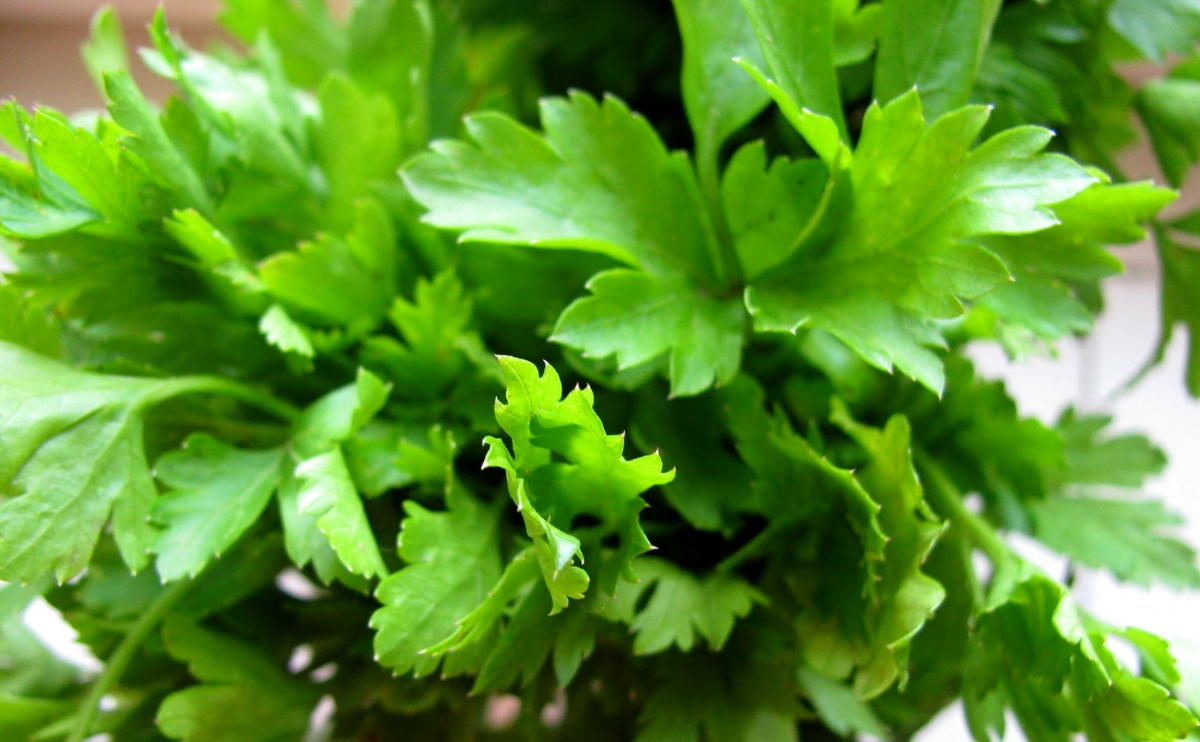Native to Europe, parsley is a biennial plant that is generally grown as an annual culinary herb. Growing in clumps of lacy foliage about a foot high, parsley has triangular dark green leaves that make for a good garnish or an aromatic addition to recipes. Best planted in the spring, most varieties of parsley grow fairly slowly, establishing maturity between 70 to 90 days after planting.

| Common Name | Parsley |
| Botanical Name | Petroselinum crispum |
| Family | Apiaceae |
| Plant Type | Herb, annual, biennial |
| Size | 9–12 in. tall, 9–12 in. wide |
| Sun Exposure | Full sun |
| Soil Type | Loamy, moist, well-drained |
| Soil pH | Acidic, neutral (6.0 to 7.0) |
| Hardiness Zones | 2–11 (USDA) |
| Native Area | Europe |
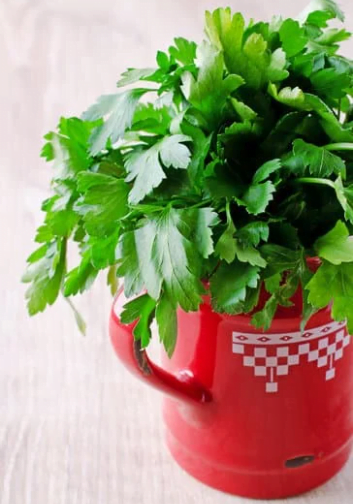
When to Plant?
This will be determined by your planting zone. There is a final frost date for each area. As a result, you can plan your gardening activities around this date. Check our Frost Dates Across North America: First & Last Frost Dates Chart. However, the date will not be the same for every plant.
How to Plant
Plastic boxes are best for growing parsley on a windowsill. Instead of putting one large box, use 2 or 3 small ones on your windowsill.
The depth of the box must be at least 8″. Sow parsley indoors in late winter or early spring. Parsley seed is small and fine and will germinate if sown on the surface of the soil. Do not plant too deeply.
For better germination, you can soak the seeds overnight. It can take about three weeks for the plants to sprout. To ensure the best growth, the soil should be around 70°F.
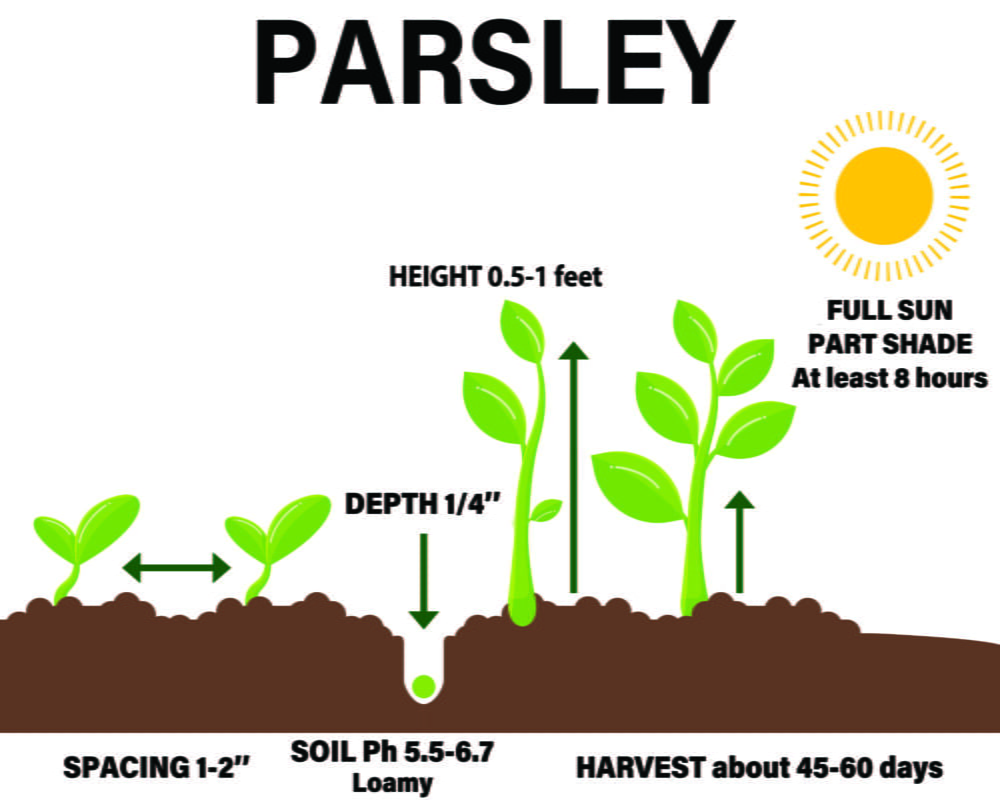
Parsley is a biennial plant with bright green, feather-like leaves. Italian parsley is an easy-to-grow herb that will do good in small plant containers.
This herb is used in sauces, salads, and especially soups, reducing the need for salt. Parsley is rich in iron, vitamins A, and C. Companion planting: Grow parsley with asparagus, sweet peppers, corn, and tomatoes.
How to Cultivate
Soil – Parsley grows best in compost-rich, moist soil, pH 5.5 – 6.7
Add a slow-release fertilizer to the soil before or at planting time.
Mulch to keep the soil moist.
Sun – Full sun, part shade
Spacing – 1 – 2″
Water – Keep the soil moist, and do not let it dry out.
Make sure not to overwater but keep the soil soggy.
Regular watering is required, especially during hot, dry weather.
Fertilizer – Parsley does best with compost mixed in with its potting soil.
Potted parsley may be fertilized monthly with a half dilution of liquid plant food.
How to Harvest
Parsley can be cut when it reaches optimal ripeness of 4 – 5″.
When the leaf stems have three segments, parsley is ready to be harvested.
Harvest regularly as required, never removing more than half the plant at a time.
Harvest leaves before plants flower.
Once flower spikes form, the leaves will be bitter-tasting.
How to harvest: Cut outer leaf stalks at the base for fresh foliage and let inner leaves continue to grow.
One method of storing the parsley fresh is to put the leaf stalks in water and keep them in the refrigerator.
Hydroponics
Germination: Soak Italian parsley seeds in water for 24 hours before sowing. Place the soaked seeds in a small pot filled with a germination medium like rockwool or coco coir. Water the seeds regularly and keep the pot in a warm and well-lit area. The seeds should germinate in about 2-3 weeks.
pH range: The pH range for hydroponic Italian parsley should be between 6.0-7.0. Maintaining the correct pH level is important for the plants to absorb the necessary nutrients.
EC: The electrical conductivity (EC) level should be maintained at around 1.2-2.2 mS/cm for hydroponic Italian parsley. This helps to ensure that the plants receive the right amount of nutrients.
PPM: The parts per million (PPM) for hydroponic Italian parsley should be around 800-1600 ppm. This measures the concentration of nutrients in the water solution.
Humidity: The humidity level should be maintained at around 50-70% for Italian parsley to grow properly. This can be achieved by using a humidifier or by placing a tray of water near the plants.
Light hours: Italian parsley requires about 14-16 hours of light per day for optimal growth. You can use artificial lights like LED grow lights to provide the necessary light if natural light is not available.
Temperature air: The air temperature should be maintained at around 20-25°C (68-77°F) during the day and around 18-20°C (64-68°F) at night for Italian parsley to grow well.
Temperature water: The water temperature should be maintained at around 18-22°C (64-72°F) for hydroponic Italian parsley. This helps to ensure that the plants absorb the necessary nutrients.
Overall, growing Italian parsley hydroponically can be a rewarding experience, and following these guidelines can help you grow healthy and vibrant plants.
Common Pests and Diseases
Septoria leaf spot (Septoria petroselini)
Symptoms: Small, angular, gray-brown spots with defined red-brown margins on leaves; black fungal fruiting bodies may be visible on surface of lesions; leaves becoming chlorotic and necrotic.
Cause: Fungus
Management
Control of disease is reliant on cultural control methods and good sanitation practices: use pathogen free seeds or treat seeds with fungicide prior to planting; rotate crops; plow plant debris into soil; if disease is present avoid working with infected plants when foliage is wet; apply appropriate protective fungicides
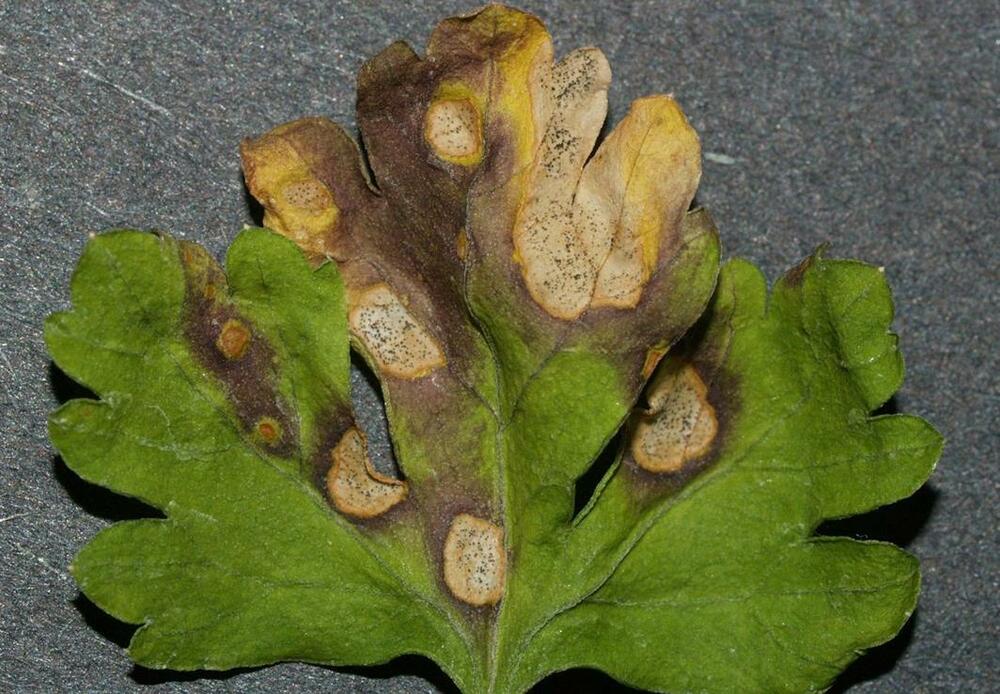
Category : Insects
Aphids (Willow-carrot aphid)
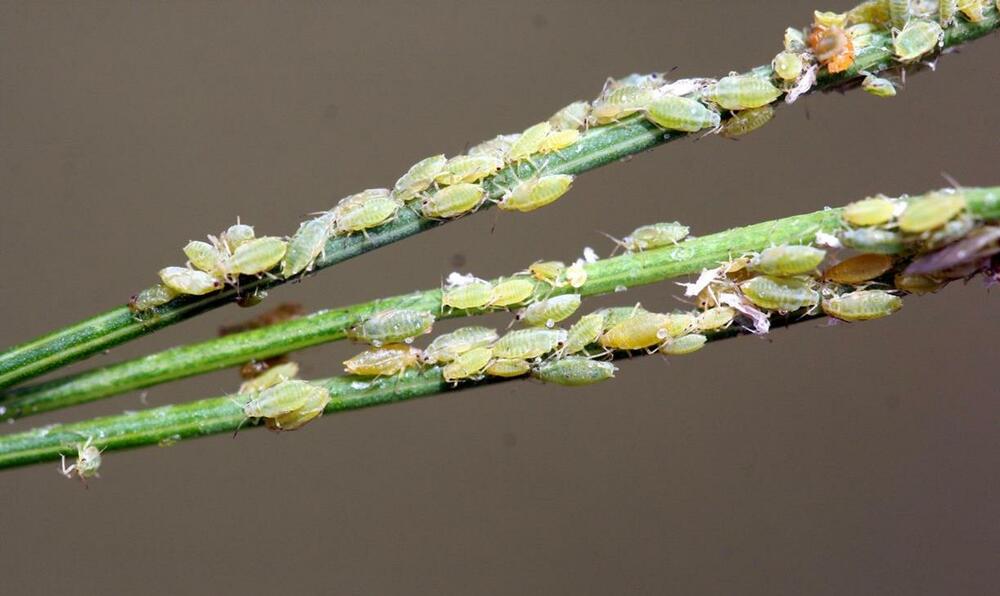
Symptoms: Small soft bodied insects on underside of leaves and/or stems of plant; usually green or yellow in color; if aphid infestation is heavy it may cause leaves to yellow and/or distorted, necrotic spots on leaves and/or stunted shoots; aphids secrete a sticky, sugary substance called honeydew which encourages the growth of sooty mold on the plants.
Cause: Insect
Management
If aphid population is limited to just a few leaves or shoots then the infestation can be pruned out to provide control; check transplants for aphids before planting; use tolerant varieties if available; reflective mulches such as silver colored plastic can deter aphids from feeding on plants; sturdy plants can be sprayed with a strong jet of water to knock aphids from leaves; insecticides are generally only required to treat aphids if the infestation is very high – plants generally tolerate low and medium level infestation; insecticidal soaps or oils such as neem or canola oil are usually the best method of control; always check the labels of the products for specific usage guidelines prior to use

